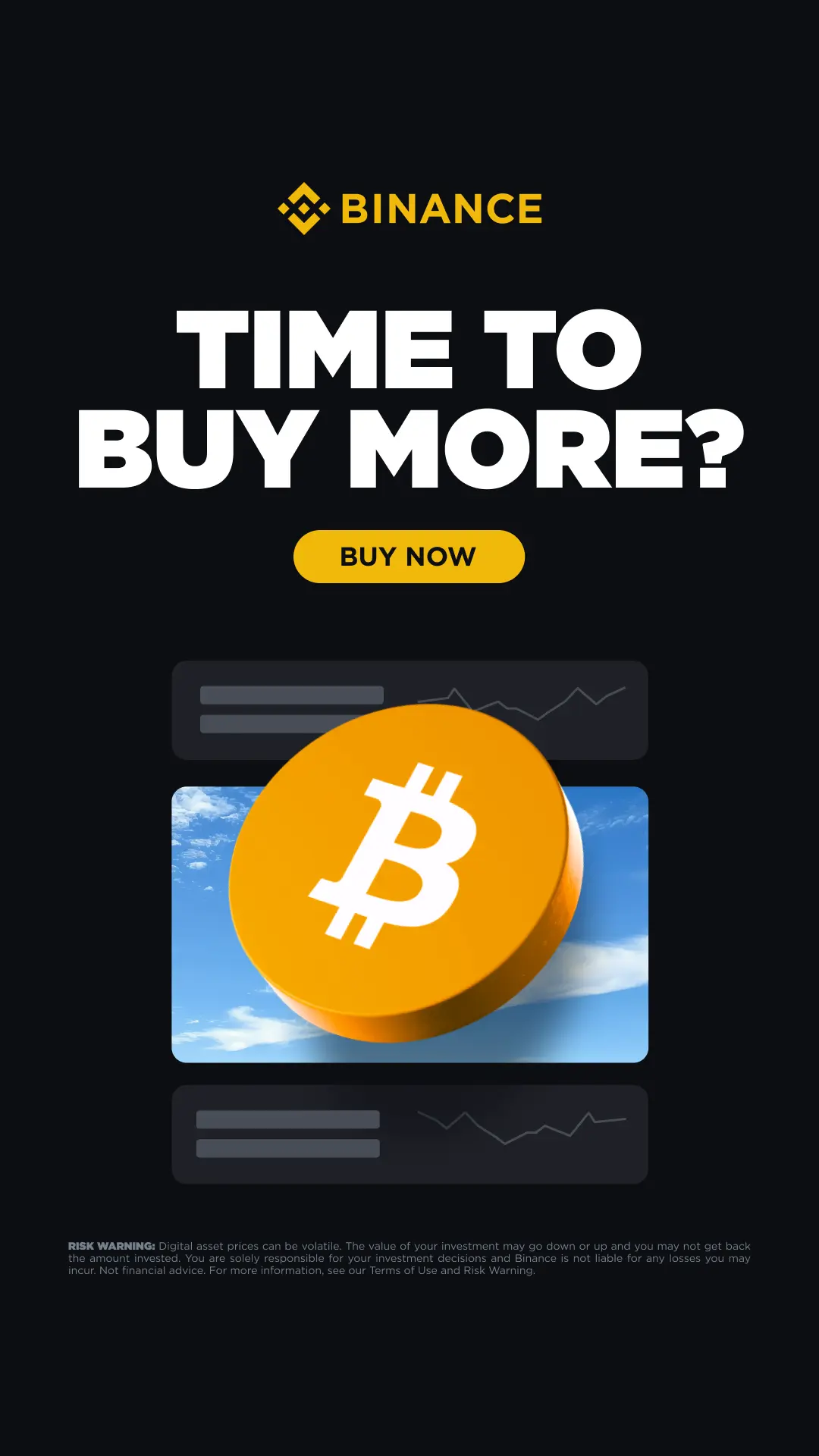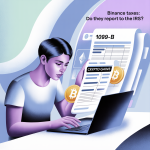Why “Expensive” Happens
A fixed supply meets flexible (often growing) demand in an always-on digital market, engineered digital scarcity plus human psychology (greed, fear, narratives) creates powerful price moves.
Units note (BTC vs satoshis): 1 BTC = 100,000,000 satoshis, thinking only in whole coins creates unit bias, BTC can be bought in tiny fractions.
Definitions:
- Price: The current market exchange rate for one BTC (what buyers and sellers agree on right now).
- Value: The usefulness and desirability people assign to BTC (store of value, utility, network strength), which can differ from the quoted price.
- Market cap: Price multiplied by circulating supply, an estimate of the network’s aggregate market valuation, not cash in the system.
Scarcity & Limited Supply (The 21M Rule)
21,000,000 cap: Bitcoin has a hard ceiling of 21 million coins written into its code. That cap, and the rules that govern issuance, only change if the network’s economic majority agrees, which is why supply is effectively fixed in practice.
Emissions schedule & halving (what/why, every 4 years): New BTC enters circulation as block rewards to miners. After every 210,000 blocks (roughly four years), that reward cuts in half (“the halving”), slowing new supply and increasing scarcity pressure if demand stays the same or rises.
Stock-to-flow intuition (no hype): Over time, fewer new coins are created each day relative to the existing stock of coins, so the flow shrinks while the stock grows, making fresh supply a smaller part of the market.
Data box, how much is mined right now?
- Circulating supply (Aug 13, 2025): 19.91M BTC which is 94.81% of the 21M max.
Source: YCharts (sourcing Blockchain.com) and live market trackers.
Callout, how this differs from fiat inflation: Most government currencies can be created in unlimited amounts via policy, which can dilute purchasing power. Bitcoin’s issuance path is pre-set and predictably declines over time, so buyers face known future supply rather than open ended money creation.
Demand Drivers (Who Wants BTC & Why)
Store-of-value / “digital gold” & inflation hedge: Many holders treat BTC as scarce, portable savings, useful when inflation, currency controls, or bank risk are front of mind. Media cycles, ETF flows, and institutional access can amplify this demand.
Adoption vectors:
- Investors & traders (brokerages, ETFs, exchanges).
- Fintechs/exchanges lowering access frictions.
- Some merchants accepting BTC as payment.
- Emerging markets seeking alternatives to weak or inflating local currencies.
Network effects: The more users and capital in the system, the deeper the liquidity, the stronger the brand, and the more secure the network, making participation more attractive, which can pull in more users (a reinforcing loop).
Macro narratives that boost demand: Interest-rate cycles, global liquidity, regulation/ETF access, capital controls, and geopolitical stress can all swing risk appetite toward (or away from) BTC.
Beginner tip box: “Expensive ≠ unbuyable, you can purchase tiny fractions called satoshis (1 BTC = 100,000,000 sats).”
Cost & Difficulty of Production (Mining Economics)
Proof-of-Work:
Miners compete to solve cryptographic puzzles; the first to find a valid solution adds a block and earns newly issued BTC plus fees. The energy and hardware required make attacks costly, aligning real-world resources with network security.
Costs → soft “floor” intuition (not a hard floor):
- Hashrate & electricity: Higher hashrate signals more total compute/energy securing Bitcoin; miners face power bills that set rough breakeven levels.
- Hardware (ASICs) & operations: Upfront rigs, cooling, maintenance, and financing costs influence miners’ willingness to sell or shut down.
- Soft floor, not guaranteed: If price dips below average miner breakeven, inefficient miners capitulate; price can overshoot down/up before stabilizing.
Halving → margins & supply pressure:
Every 210,000 blocks, the block reward halves, instantly cutting miner revenue per block (unless offset by price/fees). Over time this:
- Squeezes inefficient miners; pushes industry toward lower-cost energy.
- Reduces new daily BTC issuance, lowering structural sell pressure if demand is steady.
Market Sentiment & Speculation (Greed/Fear in Action)
Narratives, headlines, regulation shocks:
ETF approvals/denials, central-bank chatter, enforcement actions, or exchange news can swing sentiment and liquidity quickly in a 24/7 market.
Reflexivity loop (simple):
Rising price → more media/attention → more demand (+ leverage) → further price rises; falling price → fear/liquidations → lower liquidity → faster drops.
Volatility primer:
- Young asset + global, always-on trading = larger, faster swings.
- Example day box: Morning +5% on bullish headline → afternoon -3% on policy rumor → net daily swing 8%.
- Takeaway: volatility is a feature of price discovery, not a bug.
Callout, Beware leverage & FOMO:
Over-leverage magnifies small moves into liquidations; FOMO buying near peaks and panic-selling near lows are the most common beginner mistakes.
Unique Digital-Asset Traits (Why Some Pay Up)
- Money-like features: Divisible (down to 1/100,000,000 of a BTC = 1 satoshi), portable (internet-native), durable (digital ledger), verifiable (public chain), uniform (one BTC = one BTC). These traits make BTC practical as savings and settlement.
- Censorship-resistant settlement: Send value without permission from banks/card networks; finality relies on the network’s rules, not an intermediary’s approval.
- Open, borderless, 24/7 market: Anyone with an internet connection can participate; price discovery never closes, which attracts global liquidity.
- Myth buster: You don’t need a whole Bitcoin. Most people buy fractions (“sats”) to match their budget and plan.
How Price Is Actually Set (Market Plumbing 101)
- Order books & bids/asks: On exchanges, buyers bid and sellers ask; trades occur at the midpoint where they meet. Deeper order books = better liquidity and tighter spreads.
- Spot vs. derivatives: Spot is immediate delivery. Derivatives (perpetuals/futures) influence price via leverage and funding/basis; dislocations can spill over into spot during stress.
- Venue fragmentation: Prices are very close across exchanges/brokers due to arbitrage, but not identical, latency, fees, liquidity depth, and local demand cause tiny gaps.
- ETF & institutional flows (conceptual): Large, rules-based buyers/sellers (ETFs, funds, treasuries) can add steady inflows/outflows, affecting liquidity and short-term price impact without changing the 21M cap.
Box, Fees, Slippage & “Why do I see different quotes?”
- Fees: Maker/taker, broker spreads, network withdrawal fees, these change your all-in price.
- Slippage: Executing a market order moves the price if the order book is thin.
- Quoted vs. executed: Apps may show an indicative price; your final fill depends on size, venue, and speed.
- Solution: Compare all-in costs, use limit orders for control, and avoid thin venues for larger trades.
Halving Cycles & History (Context, Not Prediction)
Simple timeline (broad regimes, not forecasts)
- 2012 Halving → 25 BTC/block: Early bootstrapping; niche adoption; sharp but thin liquidity cycles.
- 2016 Halving → 12.5 BTC/block: Exchange infrastructure improves; retail on-ramps grow; deeper but still volatile markets.
- 2020 Halving → 6.25 BTC/block: Institutional curiosity rises; macro “money-printing” narrative; derivatives expand liquidity.
- 2024 Halving → 3.125 BTC/block: Mature custody/ETFs and broader access meet slower issuance; volatility persists, but with heavier, more global flows.
Correlation ≠ causation:
Halvings reduce new supply, but price outcomes also depend on macro conditions (rates/liquidity), regulation, risk appetite, and tech/infrastructure progress. Treat halving as one driver among many, not a guarantee.
Mini-chart suggestion (static visual):
“Issuance over time”, step-down bars of block subsidy: 50 → 25 → 12.5 → 6.25 → 3.125 → … tapering toward zero, annotated with halving dates and a thin line for estimated annual issuance %.
Common Misconceptions
- “It’s too expensive; I missed it.”
You don’t need a whole coin, buy satoshis (fractions) and, if appropriate for your plan, consider DCA (small, periodic buys) to smooth volatility. - “Price is manipulated.”
Large players and leverage can move short-term prices, especially in thin order books. But arbitrage, deeper liquidity, and multiple venues limit sustained distortions. Focus on time horizon, position sizing, and costs, not headlines alone. - “If supply is fixed, how can price fall?”
Supply is relatively fixed, but demand and liquidity vary daily. When sellers outnumber buyers (or leverage unwinds), price can drop, fixed supply doesn’t prevent price discovery in both directions. - “Mining wastes energy.”
Nuance: Proof-of-Work converts energy into economic security; miners increasingly seek cheaper/stranded/renewable power and improve efficiency (newer ASICs, better cooling). The trade-off is energy cost ↔ network security & neutrality rather than “waste” in isolation.
Practical Takeaways for Beginners (Not Financial Advice)
Position sizing, time horizons, volatility tolerance
- Keep BTC a small slice of your liquid net worth (e.g., 1–5% or “amount I can afford to see drop 50%+”).
- Match your time horizon to the asset: think multi-year, not weeks.
- Expect volatility: double-digit swings happen; size positions so they don’t derail your life.
Custody basics: exchange vs. self-custody; security hygiene
- Exchange custody: easiest on-ramp; use strong 2FA (app/passkey), withdrawal allow-lists, small hot balances.
- Self-custody: you hold the private keys (hardware wallet recommended); back up your seed phrase offline in two secure places; practice a small test send first.
- Hygiene checklist: unique passwords, password manager, SIM-swap precautions, watch for phishing, confirm addresses before sending.
Taxes & record-keeping (jurisdictions vary)
- Track cost basis, dates, disposals (including crypto-to-crypto in many regions), fees, and income from staking/mining where relevant. Export exchange reports and keep receipts/txids. Consult local guidance.
8-point pre-buy sanity check
- Emergency fund in place; high-interest debt handled.
- Clear allocation cap (e.g., 1–5%); no leverage.
- Multi-year plan; okay with deep drawdowns.
- Know the basics: sats, halving, fees.
- Custody plan chosen; seed phrase backed up properly.
- Compare on-ramps/fees; prefer limit orders for control.
- Set up tracking & exports (CSV/Reports) for taxes. [13][18]
- Pre-commit rules: when to rebalance, add, or trim.
Key Terms
- Halving: A scheduled cut in miners’ BTC reward every 210,000 blocks (4 years), slowing new supply.
- Hashrate: The total computing power securing Bitcoin’s network.
- Satoshi (sat): The smallest BTC unit = 0.00000001 BTC.
- Supply Cap: Bitcoin’s maximum supply of 21,000,000 BTC.
- Volatility: How fast and how far price moves up or down.
- Liquidity: How easily you can trade without moving the price much.
- Order Book: A live list of bids (buy offers) and asks (sell offers) on an exchange.
- ETF: An exchange-traded fund that gives price exposure (and often buys/sells BTC on your behalf).
- Custody: Who controls the private keys, an exchange (custodial) or you (self-custody).
- Private Key: The secret that lets you spend your BTC; protected by a seed phrase backup.
Conclusion
- Core equation:
Price = scarcity + demand + production costs + market psychology + utility.
Emphasis:
- Scarcity is engineered: 21M cap, halving, predictable issuance.
- Demand is emergent: adoption, narratives, macro conditions.
- Price is discovered: 24/7 global markets, liquidity, and sentiment.
Actionable next steps:
- Learn the glossary: halving, sats, custody, private key, order book.
- Evaluate your risk: position size, time horizon, volatility tolerance.
- Consider a plan: custody choice, fee awareness, simple rules (e.g., DCA/rebalance) and document for taxes.







